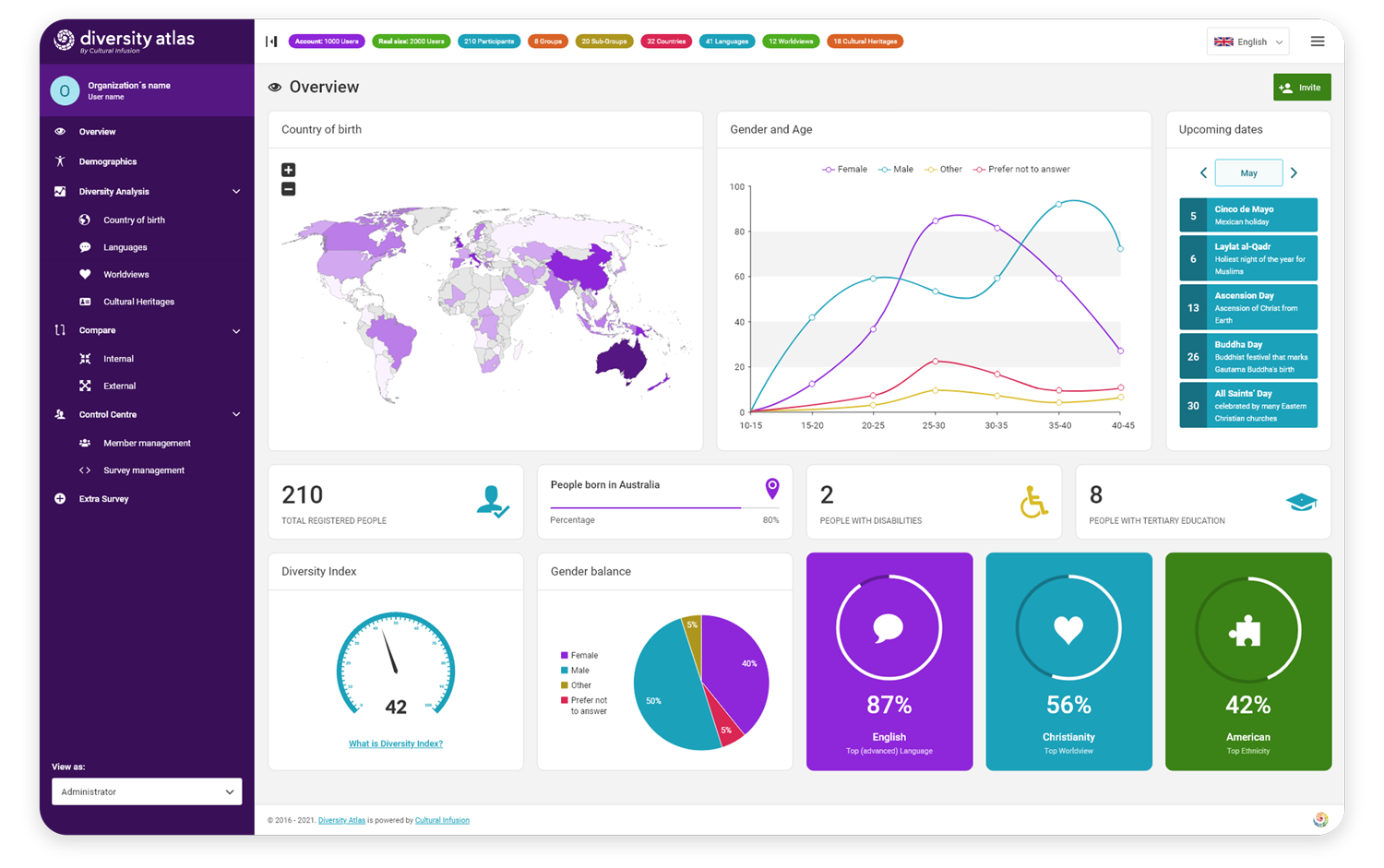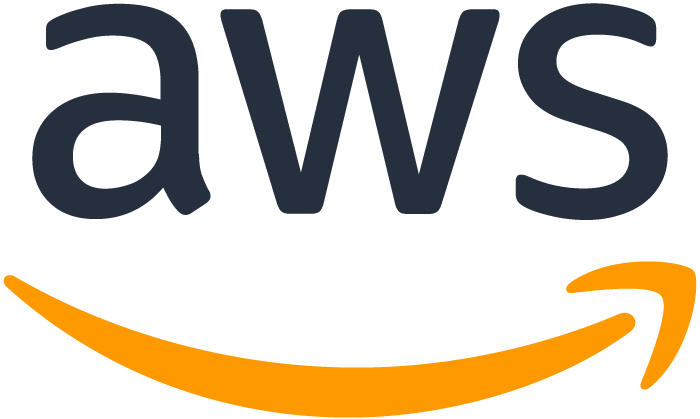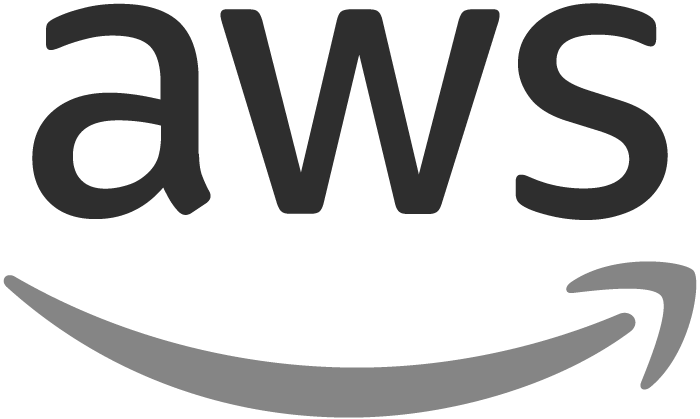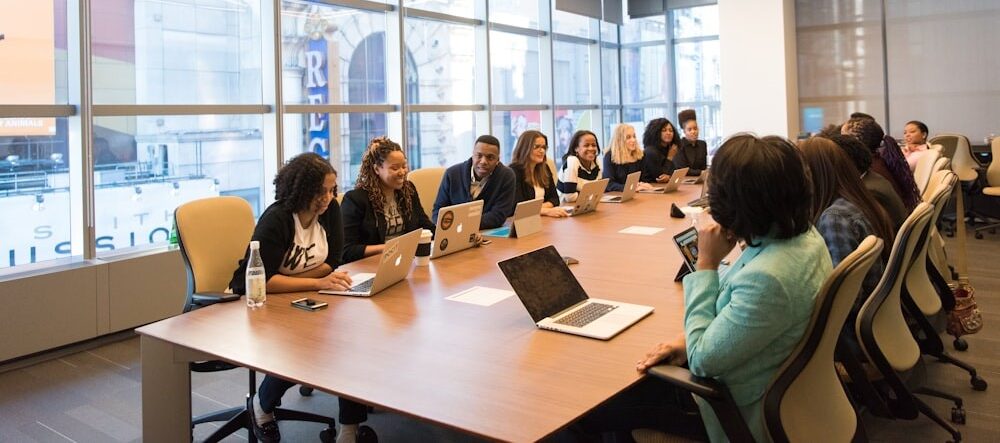Creating cultural harmony
Great things happen when everybody counts
Diversity Atlas is a unique diversity data-analysis platform that provides insight into cultural and demographic diversity within an organisation. It enables organisations to understand the diverse richness of its teams and to better measure, understand, acknowledge and act on its diversity, inclusion and development strategies.

Free DEI Health-Check Report
Diversity Data Driven White Paper & the AWS's Inclusion Playbook
Your organisation’s diversity profile, in one place.

The Diversity Atlas platform makes it easy for teams and organisations to measure, understand and tell their diversity stories for better inclusion and greater value of cultural identity. The Diversity Atlas dashboard visualises your organisations and each teams profile, highlighting diversity achievements and where there’s room to improve on inclusion.
ORGANISATIONS
The research is clear: organisations perform better when they recruit from a diverse talent pool, and where every team member feels included.









![Featured image for “Diversity Atlas Newsletter [March 2024]”](https://diversityatlas.io/wp-content/uploads/2024/03/142749000055003412_zc_v1_1711439597360_istock_1352936514.jpg)





